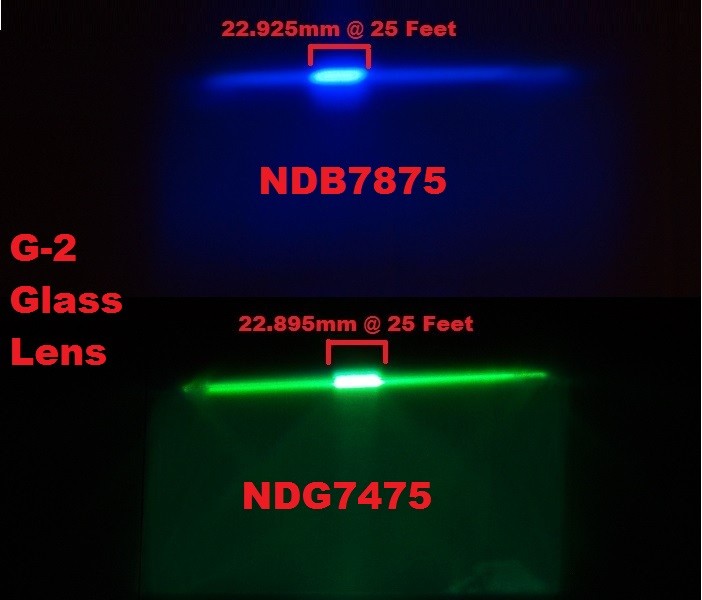- Joined
- Dec 9, 2011
- Messages
- 221
- Points
- 28
The spec sheet raw divergence numbers have very little to do with the divergence of the beam after collimation. Its the size of the emitting area(for some dumb reason its not listed on most spec sheets).
Last edited:





